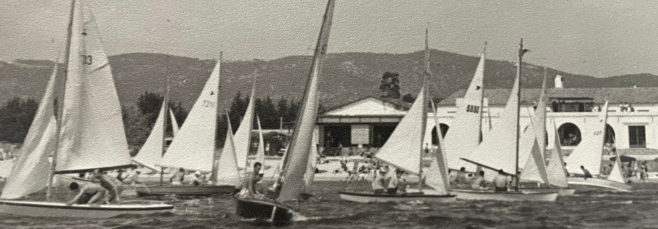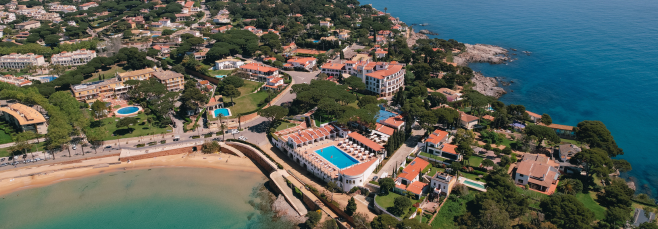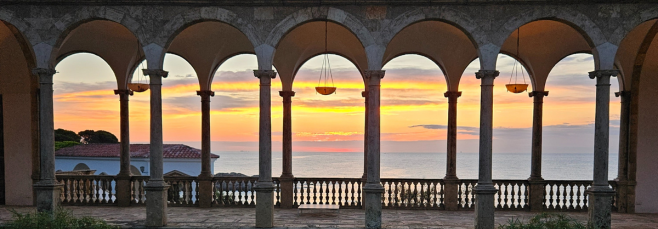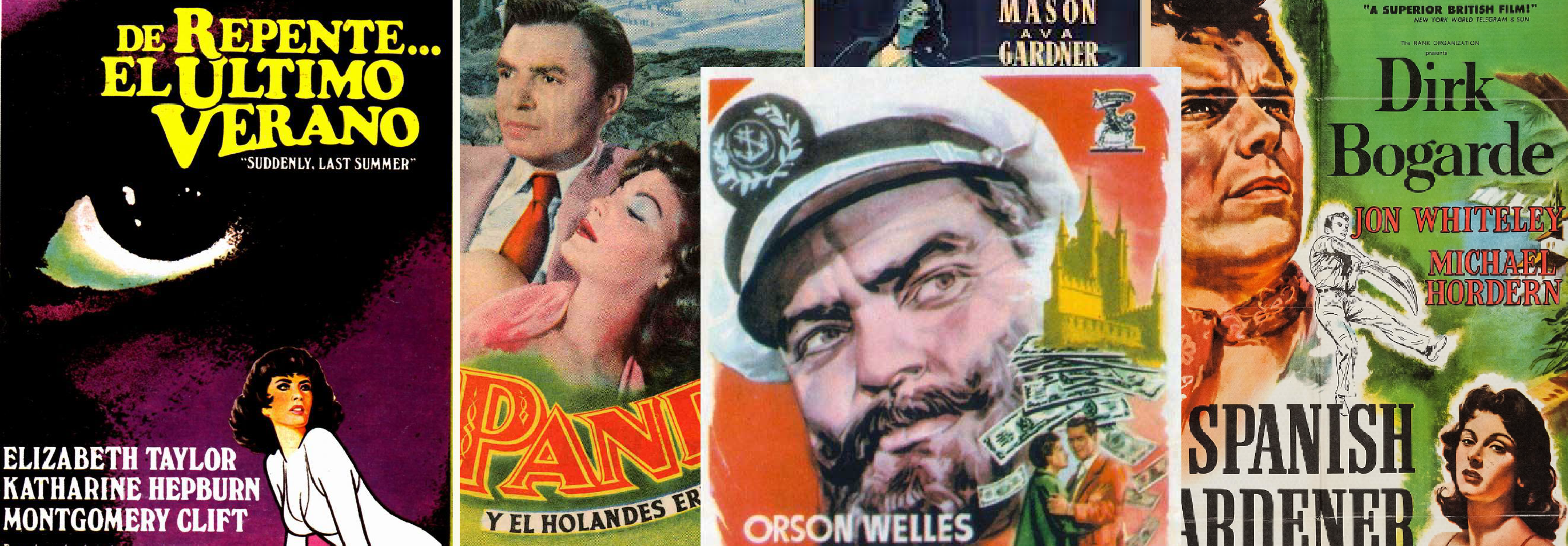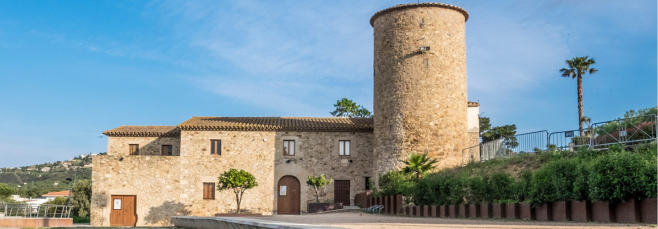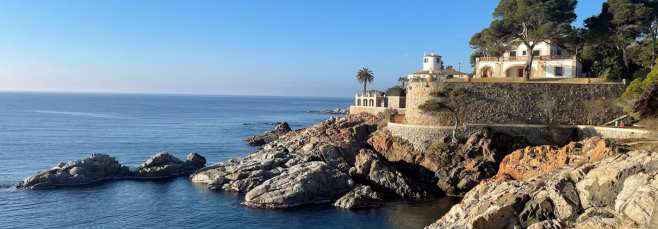Commemorative Monument

Among the centenary commemoration events, one of the most emotional is the tribute that his 15 grandchildren pay to Josep Ensesa Gubert (1892-1981), through the installation of a life-size bronze statue of this visionary. The company BENITO has also collaborated in the financing, which has carried out and financed the entire process of converting it to bronze.
Using several reference images and reproducing one of his most characteristic poses, his complete figure has been digitally modeled, clarifying the details based on the comments of people who knew him.
Once the digital model has been created, a mold has been manufactured using 3D printing technology with the highest possible resolution, made with silicone. Liquid wax, fine sand and a binder have also been used in the mold manufacturing process to gain resistance. Finally, once the mold has hardened, cast bronze has been introduced, applying a green oxide patina to achieve the aesthetic finish.
In the installation process in its location, which has been quite a challenge due to the long distance of more than 65 m from the road and the 15-meter difference in level, a crane has been required to lift the total weight of the statue, about 150 kg. You can see the spectacular montage in this video -> click here
It was inaugurated on May 25, 2024, at 12:00 p.m., on the occasion of the opening of the exhibition S’AGARÓ 1924 – 2024 Camí de Ronda.
A visionary
enterpreneur
It has been a long time since Josep Ensesa Gubert sensed the extraordinary potential of the promontory located between Sant Pol beach and Sa Conca beach. Thanks to his tenacity and determination, he managed to get the architect Rafael Masó, the creator of catalan noucentista architecture, to join in this adventure and together they started this first level tourist urban project.
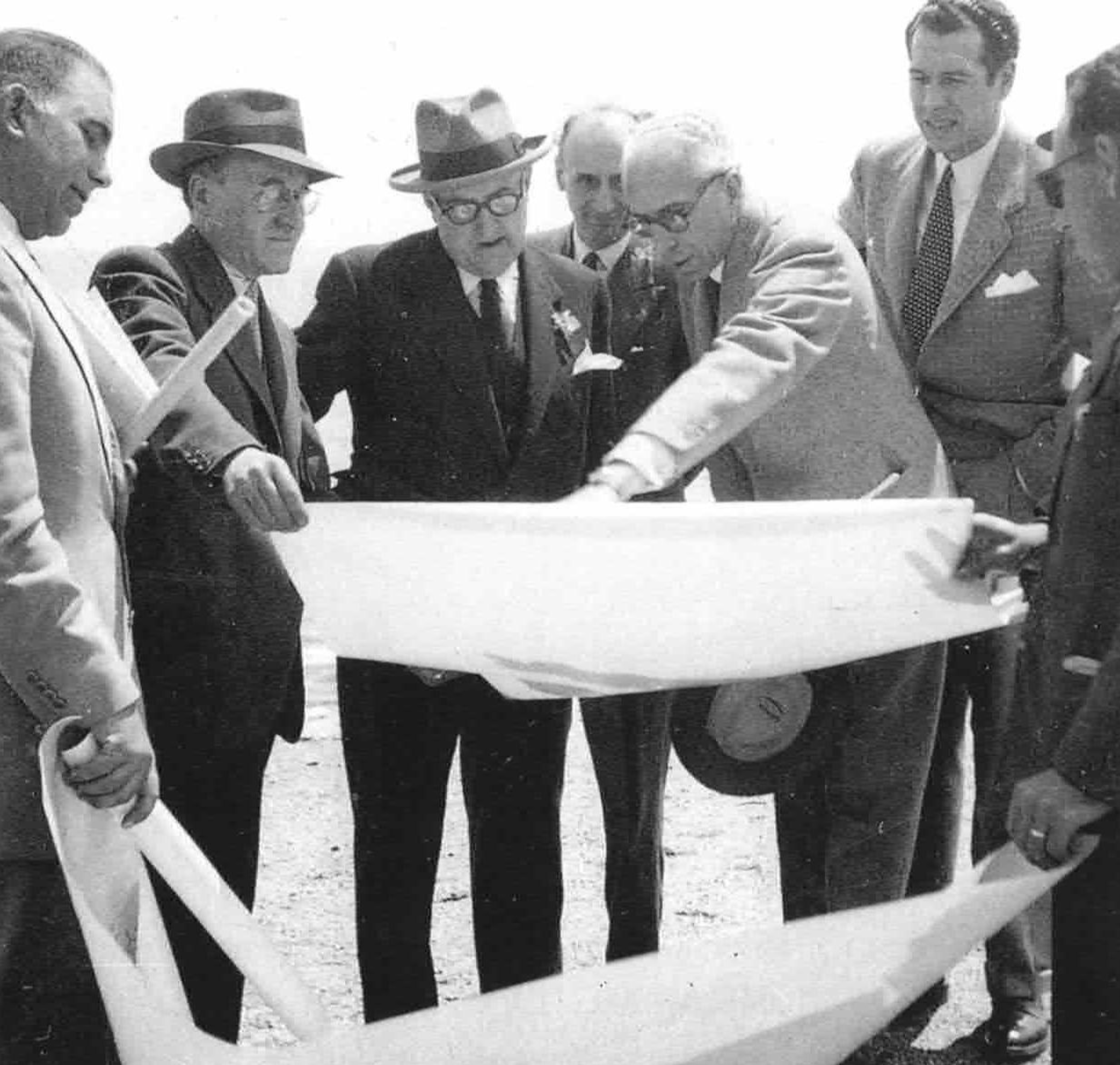
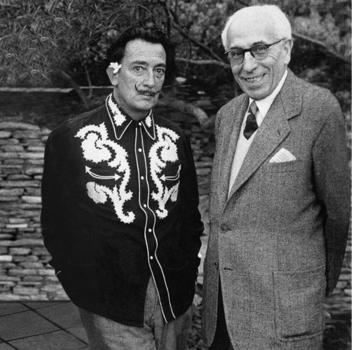
He was very committed to responsible urbanism. His is the phrase “That the greed of a few does not detract from what is the heritage of all”, pronounced at the first tourism congress, held in 1935. It is an example of his complaint against the destruction of the landscape through those speculative practices that do not take into account the common spaces or the landscape impact.
Check more Centenary events:


